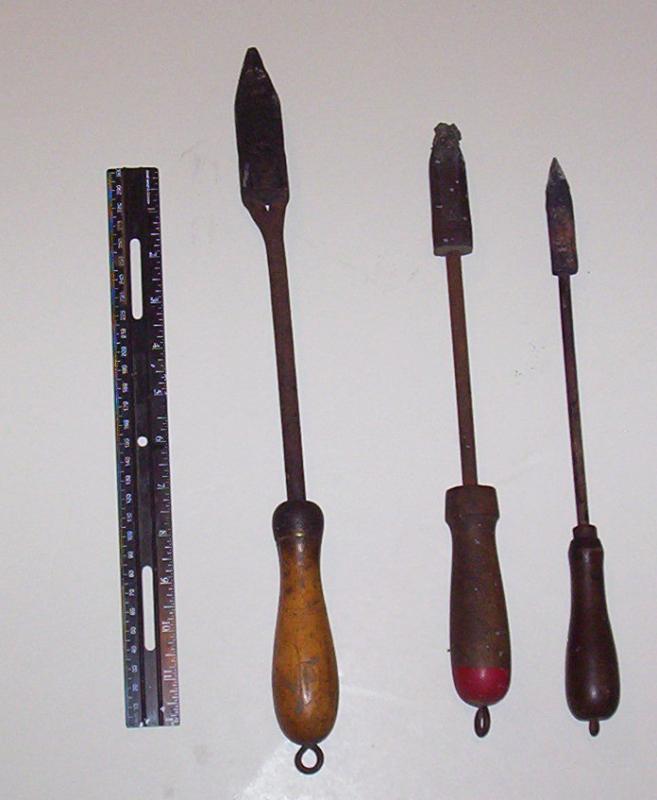Still in use when I was at school in the early 70'swe were taught with those soldering irons in the late 60s at school in the metalwork class joining plates together etc.
Funny you should mention that, there's also the matter of de-horning young calves - I used to work ona farm when "a bit younger". Large iron (electric) with circular convex end and a sharpened edge - ie you could burn circles on wood if you used it end-on. These were used to burn and scoop out the horn budsMy granddad used those sorts of irons to sear off lambs tails.
He'd use rubber rings to castrate them though.
...No, I've got no desire to be a farmer, why do you ask?
Castrating and tail docking was done with rubber rings though. Now what was that song ... "... and I feel like a part of me is dying"


